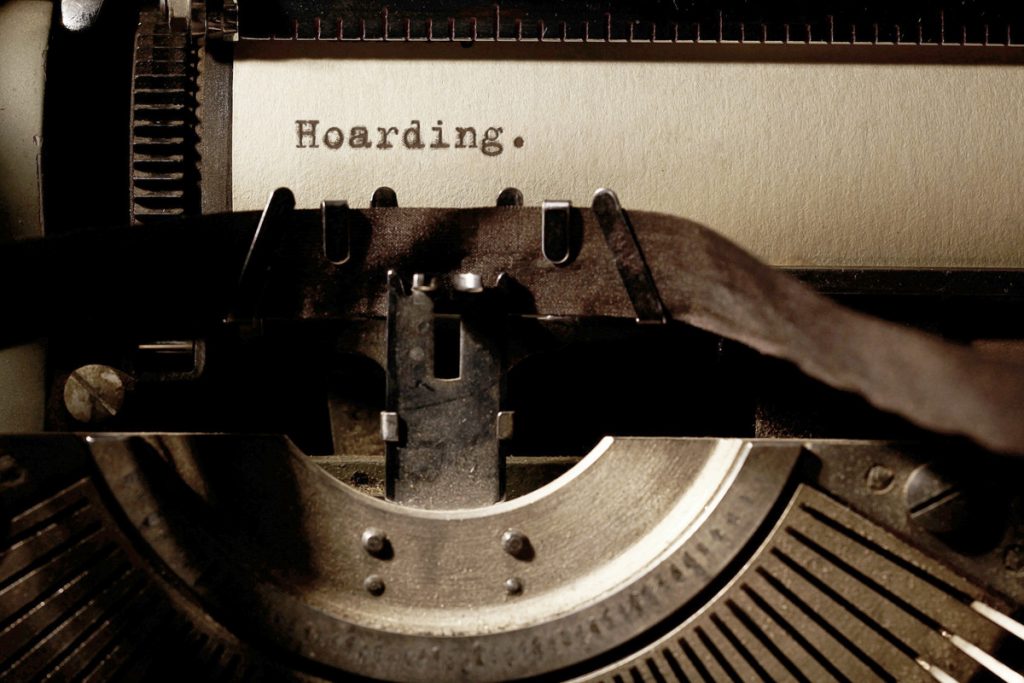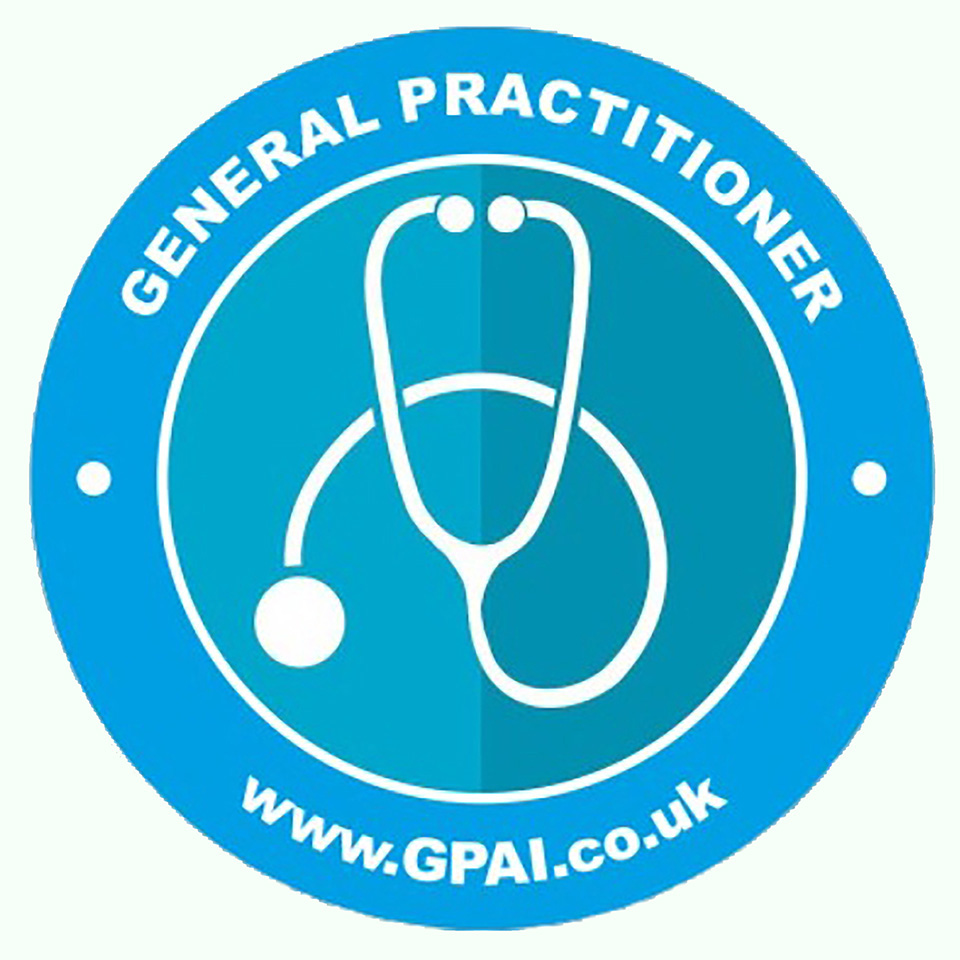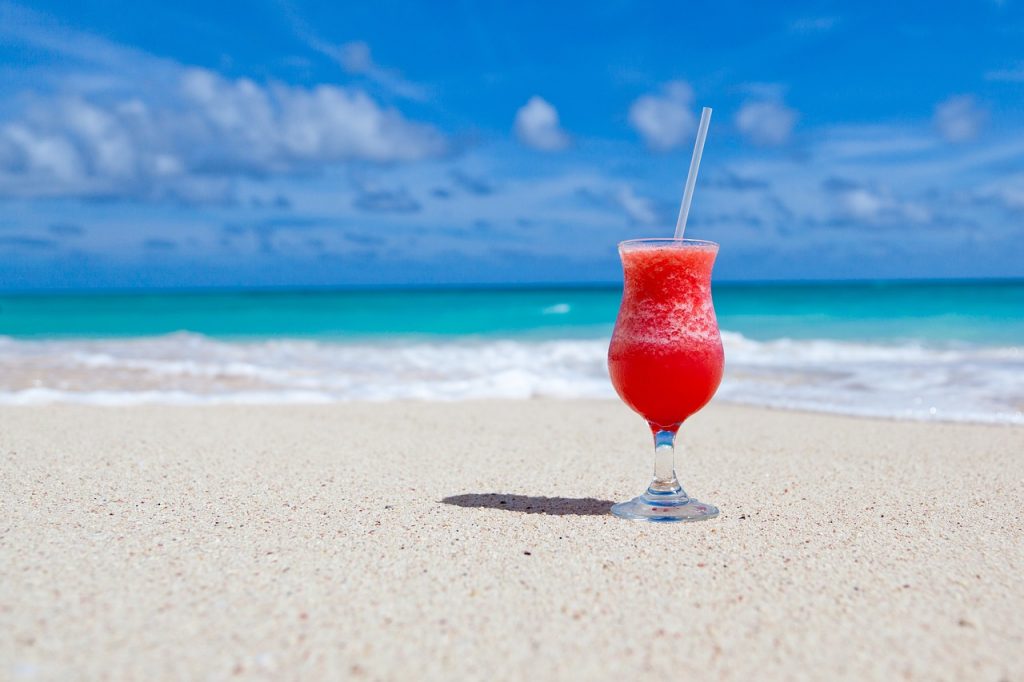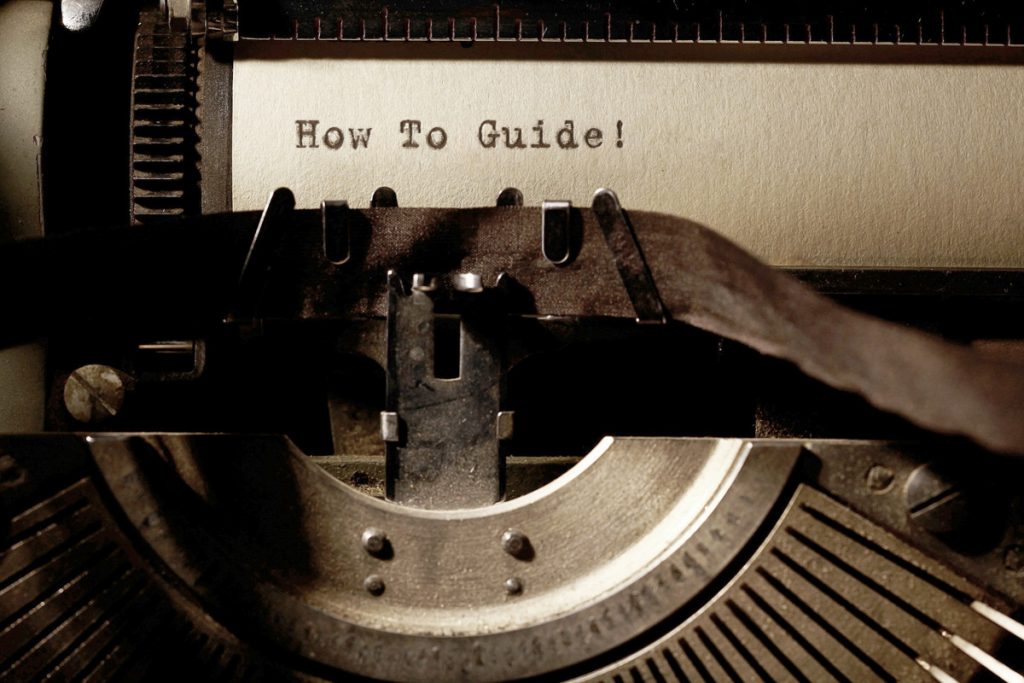
Disclaimer
This article discusses psychedelic drugs such as Magic Mushrooms (psilocybin), LSD, and MDMA, specifically in the context of their potential therapeutic use under medical supervision. It is intended for educational purposes only. The use, possession, and distribution of psychedelic substances are illegal in many jurisdictions. Readers are advised not to consume these drugs outside of a legally sanctioned and supervised medical or research setting. Engaging in the use of these substances can have legal consequences and health risks. The team at DisabledEntrepreneur.uk takes no responsibility or liability for any actions taken by individuals based on the information provided in this article. Always consult with a qualified healthcare professional before considering any new treatment options. By reading this article, you agree to release DisabledEntrepreneur.uk from any liability for any consequences that may arise from the use of the information provided herein.
Magic Mushrooms For Holistic Therapy
Psychedelic mushrooms, primarily those containing the compound psilocybin, have been utilized for centuries in various cultures for spiritual and medicinal purposes. In recent years, scientific research has illuminated their potential therapeutic benefits, particularly mental health. Despite this, psychedelic mushrooms remain illegal in many parts of the world. Here we explore the reasons behind this paradox.
The Science Behind Psilocybin and Mental Health
Psilocybin, the active ingredient in psychedelic mushrooms, interacts with serotonin receptors in the brain, inducing altered states of consciousness. Modern research has shown that psilocybin can be profoundly beneficial for individuals suffering from a range of mental health conditions, including depression, anxiety, PTSD, and addiction.
Notable studies include:
- Depression: A 2020 study published in JAMA Psychiatry found that psilocybin-assisted therapy produced substantial and sustained decreases in depressive symptoms. Effects of Psilocybin-Assisted Therapy on Major Depressive Disorder: A Randomized Clinical Trial | Depressive Disorders | JAMA Psychiatry | JAMA Network
- Anxiety: Research from Johns Hopkins University indicated that a single dose of psilocybin could significantly reduce anxiety and depression in patients with life-threatening cancer diagnoses. Johns Hopkins Center for Psychedelic and Consciousness Research (hopkinsmedicine.org)
- PTSD: Preliminary studies suggest that psilocybin can help reduce symptoms of PTSD by allowing individuals to process traumatic memories in a therapeutic context. Psilocybin for Trauma-Related Disorders – PubMed (nih.gov)
- Addiction: Psilocybin has shown promise in treating addiction, with studies indicating significant reductions in alcohol and tobacco dependence. Analysis of Psilocybin-Assisted Therapy in Medicine: A Narrative Review – PMC (nih.gov)
These findings suggest that psilocybin could be a revolutionary tool in mental health treatment.
So, why is its use still illegal?
Historical and Political Context
The legal status of psychedelic mushrooms is deeply rooted in historical and political contexts. In the 1960s, during the height of the counterculture movement, psychedelics became symbols of rebellion against mainstream society. This cultural shift led to a backlash, culminating in the Controlled Substances Act of 1970 in the United States, which classified psilocybin as a Schedule I substance, denoting it as having a high potential for abuse and no accepted medical use.
This classification set the tone for global drug policies, heavily influenced by the U.S. stance. The UN Convention on Psychotropic Substances of 1971 further cemented the illegal status of psychedelics worldwide. These decisions were driven more by political and cultural considerations than by scientific evidence.
Modern Legal and Social Hurdles
Despite the growing body of evidence supporting the therapeutic use of psilocybin, several significant barriers to legalization persist:
- Regulatory Challenges: Changing the legal status of a Schedule I substance involves extensive regulatory processes, which are slow and cumbersome. Regulators often require long-term data on safety and efficacy, which takes years to accumulate.
- Stigma: The stigma associated with psychedelic drugs, perpetuated by decades of anti-drug education and media portrayal, remains a substantial hurdle. Public perception is slowly changing, but deep-seated fears and misconceptions linger.
- Pharmaceutical Interests: The pharmaceutical industry has historically been resistant to substances that cannot be patented easily. Psilocybin, being a naturally occurring compound, poses challenges to traditional profit models.
- Conservative Policy Making: Many policymakers are cautious about endorsing substances that could be perceived as endorsing recreational drug use, fearing potential political repercussions.
The Path Forward
Despite these challenges, there are signs of progress. Cities like Denver and Oakland in the U.S. have decriminalized psilocybin, and Oregon has taken steps to legalize its therapeutic use. Canada and some European countries are also conducting advanced clinical trials, potentially paving the way for broader acceptance.
To accelerate this progress, continued advocacy and education are essential. Policymakers must be informed about the latest scientific research, and public awareness campaigns can help dispel myths and reduce stigma. Collaborative efforts between researchers, healthcare professionals, and patient advocacy groups are crucial in demonstrating the potential benefits of psilocybin to both the public and policymakers.
A Solution for Prescribing Psychedelic Drugs: Microdosing as a Therapeutic Tool
The potential therapeutic benefits of psychedelic substances, such as psilocybin, LSD, and MDMA, have garnered increasing interest in the medical community. Recent research suggests that these substances, when used responsibly and in controlled environments, can offer significant benefits for mental health conditions such as depression, anxiety, PTSD, and addiction. One promising approach is microdosing, which involves the administration of sub-perceptual doses of psychedelic drugs. This solution aims to outline how doctors can safely prescribe psychedelic drugs in small doses to maximize therapeutic benefits while minimizing risks.
Health Care Microdosing
1. Scientific Evidence:
- Mental Health Benefits: Studies have shown that psychedelics can promote neuroplasticity, enhance creativity, and improve emotional processing. Clinical trials have demonstrated significant improvements in patients with treatment-resistant depression, anxiety, and PTSD.
- Safety Profile: Research indicates that psychedelics, when used in controlled settings, have a low risk of addiction and physical harm. Microdosing further minimizes potential side effects by using doses that are below the threshold of perceptual effects.
2. Mechanism of Action:
- Neuroplasticity: Psychedelics promote the growth of new neural connections, which can help reset maladaptive thought patterns and behaviors.
- Serotonin Receptor Agonism: Psychedelics act on the serotonin 2A receptor, which is involved in mood regulation and cognitive function.
Proposed Framework for Prescribing Microdoses
1. Regulatory Approval:
- FDA and EMA Endorsement: Advocate for the approval of microdosing regimens by major regulatory bodies such as the FDA (Food and Drug Administration) and EMA (European Medicines Agency). Support this with robust clinical trial data demonstrating efficacy and safety.
2. Clinical Guidelines:
- Dosage and Administration: Establish standardized dosing guidelines, typically ranging from 1/10th to 1/20th of a full recreational dose. For example, a microdose of psilocybin might be 0.1-0.3 grams of dried mushrooms.
- Treatment Protocols: Develop protocols for different conditions, specifying duration, frequency, and monitoring requirements. A common regimen might involve microdosing once every three days.
3. Training and Certification:
- Medical Education: Integrate psychedelic therapy training into medical school curricula and continuing education programs for healthcare professionals.
- Certification Programs: Create certification programs for doctors to ensure they are knowledgeable about the pharmacology, therapeutic potential, and risks of psychedelics.
4. Patient Monitoring and Support:
- Regular Assessments: Implement regular mental health assessments to monitor patient progress and adjust dosages as needed.
- Integration Therapy: Provide access to therapists trained in psychedelic integration to help patients process their experiences and maximize therapeutic outcomes.
5. Risk Management:
- Screening for Contraindications: Develop comprehensive screening tools to identify patients who may be at risk of adverse reactions, such as those with a history of psychosis or certain heart conditions.
- Informed Consent: Ensure patients are fully informed about the potential risks and benefits of microdosing, and obtain their consent prior to treatment.
The incorporation of microdosing psychedelics into mainstream medical practice has the potential to revolutionize the treatment of mental health conditions. By following a structured framework that emphasizes safety, education, and patient support, doctors can responsibly prescribe these substances and harness their therapeutic potential. Continued research and collaboration with regulatory bodies will be essential in making this innovative treatment accessible to those who may benefit most.
Exploring the Diversity of Psychedelic Mushrooms: Over 180 Species and Counting
Psychedelic mushrooms, often referred to as “magic mushrooms,” have been used for centuries in various cultures for their mind-altering effects. These mushrooms contain psychoactive compounds, primarily psilocybin and psilocin, which induce hallucinations and altered states of consciousness. There are over 180 species of psychedelic mushrooms identified worldwide, spanning different genera and regions. This article will delve into the fascinating diversity of these mushrooms and provide a list of at least 30 notable species.
The Diversity of Psychedelic Mushrooms
Psychedelic mushrooms are predominantly found within the genus Psilocybe, but several other genera also contain psychoactive species, including Panaeolus, Gymnopilus, Copelandia, Inocybe, and Pluteus. These mushrooms are found in various environments, from tropical forests to temperate woodlands, often growing in soil, on decaying wood, or in dung.
Comprehensive List of Notable Psychedelic Mushroom Species
There are many more species of psychedelic mushrooms, particularly within the genera Psilocybe, Panaeolus, Gymnopilus, and others.
Here is a more comprehensive list, though not exhaustive:
Genus: Psilocybe
- Psilocybe acutissima: Common Names: None specific: Regions: Japan
- Psilocybe acutipilea: Common Names: None specific: Regions: Central America
- Psilocybe aerugineomaculans: Common Names: None specific: Regions: Bolivia
- Psilocybe aucklandiae: Another species from New Zealand, it is typically found in wood chips.
- Psilocybe angulospora: Common Names: None specific: Regions: Papua New Guinea
- Psilocybe angustispora: Common Names: None specific: Regions: Australia
- Psilocybe argentipes: Found in Japan, typically growing in grassy areas.
- Psilocybe armandii: Common Names: None specific:Regions: Mexico
- Psilocybe atlantis: Known for producing truffles, it is found in the southeastern United States.
- Psilocybe aucklandii: Common Names: None specific: Regions: New Zealand
- Psilocybe australiensis: Common Names: None specific: Regions: Australia
- Psilocybe aztecorum: Common Names: None specific: Regions: Mexico
- Psilocybe azurescens: Known for its high psilocybin content, it is native to the coastal regions of the United States.
- Psilocybe baeocystis: Found in the Pacific Northwest, often called the “blue bell.”
- Psilocybe banderillensis: Common Names: None specific: Regions: Mexico
- Psilocybe barrerae: Common Names: None specific: Regions: Mexico
- Psilocybe basii: Common Names: None specific: Regions: Mexico
- Psilocybe bohemica: Found in Europe, particularly in the Czech Republic.
- Psilocybe bonetii: Common Names: None specific: Regions: Mexico, Central America
- Psilocybe brasiliensis: Common Names: None specific: Regions: Brazil
- Psilocybe brunneocystidiata: Common Names: None specific: Regions: Colombia
- Psilocybe caeruleoannulata: Known as the “landsilde mushroom,” it grows in disturbed soils in tropical and subtropical regions.
- Psilocybe caerulipes: Known as the “blue-foot mushroom,” it is found in eastern North America.
- Psilocybe collybioides: Common Names: None specific: Regions: Mexico, Central America
- Psilocybe columbiana: Common Names: None specific: Regions: Colombia
- Psilocybe crobula: Common Names: None specific: Regions: Europe
- Psilocybe cubensis: Commonly known as the “golden teacher,” it is one of the most well-known and widely distributed species.
- Psilocybe cyanescens: Often called the “wavy cap,” it is found in wood chips and garden beds in the Pacific Northwest.
- Psilocybe cyanofibrillosa: A lesser-known species found in the coastal regions of the United States.
- Psilocybe fagicola: Native to Mexico, growing in deciduous forests.
- Psilocybe galindoi: Also known for its truffles, it is native to Mexico.
- Psilocybe heimii: Common Names: None specific: Regions: Africa (particularly found in East Africa)
- Psilocybe hispanica: Recently discovered in Spain, it is one of the few European species.
- Psilocybe hoogshagenii: Found in Mexico and known for its traditional use by indigenous communities.
- Psilocybe liniformans: Found in Europe, particularly in the Netherlands.
- Psilocybe mairei: Common Names: None specific: Regions: Europe (primarily found in France and surrounding areas)
- Psilocybe makarorae: Found in New Zealand, growing in forests and shrublands.
- Psilocybe mammillata: Common Names: None specific: Regions: Mexico
- Psilocybe Mexicana: Historically used by indigenous peoples of Mexico in religious ceremonies.
- Psilocybe muliercula: Common Names: None specific: Regions: Mexico
- Psilocybe neoxalapensis: Common Names: None specific: Regions: Mexico
- Psilocybe plutonia: Common Names: None specific: Regions: Mexico
- Psilocybe portoricensis: Common Names: None specific: Regions: Puerto Rico
- Psilocybe pseudoaztecorum: Common Names: None specific: Regions: Mexico
- Psilocybe pseudobullacea: Common Names: None specific: Regions: Mexico
- Psilocybe quebecensis: Discovered in Canada, it grows on moss-covered forest floors.
- Psilocybe samuiensis: Discovered in Thailand, it thrives in rice paddies.
- Psilocybe semilanceata: Also known as the “liberty cap,” it is prevalent in temperate regions and known for its potent effects.
- Psilocybe septentrionalis: Common Names: None specific: Regions: Northern regions of the United States and Canada
- Psilocybe silvatica: Common Names: None specific: Regions: Europe, including parts of the United Kingdom and mainland Europe
- Psilocybe strictipes: Common Names: None specific: Regions: Central and South America, including Mexico and possibly parts of the Amazon rainforest
- Psilocybe stuntzii: Also known as “blue legs,” it is commonly found in the Pacific Northwest.
- Psilocybe subaeruginosa: Native to Australia and New Zealand, known for its potent effects.
- Psilocybe subcaerulipes: Common Names: None specific: Regions: Eastern United States, including areas in the Appalachian Mountains
- Psilocybe subtropicalis: Common Names: None specific: Regions: Tropical and subtropical regions of Central America and possibly parts of South America
- Psilocybe tampanensis: Sometimes referred to as the “philosopher’s stone” for its truffle-like sclerotia.
- Psilocybe turficola: Common Names: None specific: Regions: Mexico (often found in areas with peat bogs or turfy environments)
- Psilocybe uxpanapensis: Common Names: None specific: Regions: Mexico (specifically known from the Uxpanapa region in Veracruz)
- Psilocybe villarrealiae: Native to Mexico, it grows on decaying wood in cloud forests.
- Psilocybe wassonii: Common Names: None specific: Regions: Mexico (specifically known from the Oaxaca region)
- Psilocybe wayanadensis: Common Names: None specific: Regions: India (particularly in the Wayanad district of Kerala)
- Psilocybe weldenii: Common Names: None specificRegions: Mexico
- Psilocybe weilii: Endemic to Georgia, USA, often found in red clay soils.
- Psilocybe yungensis: Found in Bolivia, growing in cloud forests.
- Psilocybe zapotecorum: Named after the Zapotec people of Mexico, where it is traditionally used.
Genus: Panaeolus
- Panaeolus africanus: Common Names: None specific: Regions: Africa (primarily found in various countries across the continent)
- Panaeolus antillarum: Common Names: None specific: Regions: Caribbean (including the Antilles and nearby tropical areas)
- Panaeolus bispora: Common Names: None specific: Regions: Tropical regions, including parts of Central and South America
- Panaeolus cambodginiensis: Common Names: None specific: Regions: Southeast Asia, including Cambodia and Thailand
- Panaeolus chlorocystis: Common Names: None specific: Regions: Tropical regions, including parts of Central and South America, and the Caribbean
- Panaeolus cinctulus: Common Names: None specific, often referred to by its scientific name: Regions: Widespread in temperate regions, including parts of North America, Europe, and tropical regions
- Panaeolus cyanescens: Common Names: Copelandia cyanescens, Hawaiian: Regions: Tropical and subtropical regions worldwide, including Hawaii, Southeast Asia, Central and South America, parts of Africa
- Panaeolus fimicola: Common Names: None specific: Regions: Widely distributed in tropical and subtropical regions, including parts of Central and South America
- Panaeolus microsporus: Common Names: None specific: Regions: Tropical regions, including parts of Central America and the Caribbean
- Panaeolus olivaceus: Common Names: None specific: Regions: Tropical and subtropical regions, including parts of Central and South America
- Panaeolus papilionaceus: Common Names: None specific: Regions: Tropical regions, including parts of the Caribbean and Central America
- Panaeolus rubricaulis: Common Names: None specific: Regions: Tropical and subtropical regions, including parts of Central America and South America
- Panaeolus sphinctrinus: Common Names: None specific: Regions: Tropical and subtropical regions, including parts of Central and South America
- Panaeolus tropicalis: Common Names: None specific: Regions: Tropical regions, including parts of Central and South America
Genus: Gymnopilus
- Gymnopilus aeruginosus: Common Names: None specific: Regions: Known from tropical regions, particularly in parts of Central and South America
- Gymnopilus allantopus: Common Names: None specific: Regions: Found in tropical and subtropical regions, including parts of Central and South America
- Gymnopilus braendlei: Common Names: None specific: Regions: Found in Brazil
- Gymnopilus brasiliensis: Common Names: None specific: Regions: Native to Brazil
- Gymnopilus cyanopalmicola: Common Names: None specific: Regions: Found in tropical regions, particularly in Central and South America
- Gymnopilus junonius: Common Names: Laughing Gym: Regions: Worldwide, particularly in temperate regions including North America, Europe, Asia, Australia
- Gymnopilus luteofolius: Common Names: None specific: Regions: North America, including the USA and Mexico
- Gymnopilus luteus: Common Names: None specific: Regions: Found in tropical and subtropical regions, including parts of Central and South America
- Gymnopilus purpuratus: Common Names: None specific: Regions: Found in tropical and subtropical regions, including parts of Central and South America
- Gymnopilus sapineus: Common Names: None specific: Regions: Found in the Pacific Northwest of the United States
- Gymnopilus spectabilis: Common Names: None specific: Regions: Found in North America, particularly in the Pacific Northwest and some parts of the eastern United States
- Gymnopilus subspectabilis: Common Names: None specific: Regions: Found in North America, closely related to Gymnopilus spectabilis and often found in similar regions
- Gymnopilus validipes: Common Names: None specific: Regions: Found in North America, including parts of the eastern United States and possibly the Midwest
- Gymnopilus viridans: Common Names: None specific: Regions: Found in tropical regions, including parts of Central and South America
- Gymnopilus subearlei: Common Names: None specific: Regions: Found in the southeastern United States
- Gymnopilus underwoodii: Common Names: None specific: Regions: Found in the southeastern United States
Genus: Inocybe
- Inocybe aeruginascens: Common Names: None specific: Regions: Europe, including Germany and the Czech Republic
- Inocybe coelestium: Common Names: None specific: Regions: Europe (including various countries in mainland Europe and the UK)
- Inocybe corydalina: Common Names: None specific: Regions: Europe (primarily found in temperate regions of mainland Europe)
- Inocybe haemacta: Common Names: None specific: Regions: North America (primarily found in the United States)
- Inocybe tricolor: Common Names: None specific: Regions: North America (found in various regions, including parts of the United States)
Genus: Pluteus
- Pluteus brunneidiscus: Common Names: None specific: Regions: Found in tropical regions, particularly in parts of Central and South America
- Pluteus cyanopus: Common Names: None specific: Regions: Found in tropical regions, including parts of Central and South America
- Pluteus glaucus: Common Names: None specific: Regions: Found in temperate regions of North America, including the United States and Canada, and parts of Europe
- Pluteus nigroviridis: Common Names: None specific: Regions: Found in tropical and subtropical regions, including parts of Central and South America
- Pluteus salicinus: Common Names: None specific: Regions: Europe, North America
Genus: Galerina
- Galerina steglichii: Common Names: None specific: Regions: Germany
Genus: Hypholoma
- Hypholoma cyanescens: Common Names: None specific: Regions: Temperate regions, including Europe
Genus: Mycena
- Mycena cyanorrhiza: Common Names: None specific: Regions: Europe, North America
Genus: Pholiotina
- Pholiotina cyanopus: Common Names: None specific: Regions: Europe, North America
This list captures many of the known species, but it is still not exhaustive. The exact number of species can vary based on new discoveries and taxonomic revisions.
Conclusion
The diversity of psychedelic mushrooms is vast and varied, encompassing over 180 known species across different genera and regions. Each species has unique characteristics and ecological niches, contributing to the rich tapestry of life on Earth. While the therapeutic potential of these mushrooms is increasingly recognized, their legal status remains complex. Understanding and appreciating the diversity of psychedelic mushrooms can help foster a deeper respect for these remarkable organisms and their potential benefits.
Psychedelic mushrooms hold immense promise for revolutionizing mental health treatment, backed by compelling scientific evidence. However, their path to legalization is obstructed by historical, regulatory, and societal barriers. Overcoming these obstacles requires sustained effort, informed advocacy, and an open dialogue about the benefits and risks of psilocybin. Only then can we fully harness the therapeutic potential of these ancient and powerful substances for the betterment of mental health worldwide?
Pharmaceutical companies, which often have close ties with government regulators, are hesitant to support the legalization of psychedelic substances like psilocybin due to the potential threat to their profit margins. These companies generate substantial revenue from the sale of conventional psychiatric medications such as antidepressants, antianxiety drugs, and antipsychotics. If psychedelic mushrooms were legalized and widely adopted as an alternative treatment, it could lead to a significant decrease in the demand for these traditional pharmaceuticals. This shift would disrupt the current market dynamics, potentially leading to financial losses for these companies. As a result, there is a vested interest in maintaining the status quo, where synthetic drugs continue to dominate the mental health treatment landscape, ensuring sustained profitability for pharmaceutical giants.
Further Reading
- Neuroscientists Reveal How Magic Mushrooms Work on the Brain (msn.com)
- Psilocybin reconfigures brain networks, showing potential for lasting therapeutic effects (msn.com)
- This is your brain on psilocybin (msn.com)
- Researcher takes magic mushrooms for scientific study and watches his brain ‘FALL APART’ | Daily Mail Online






















